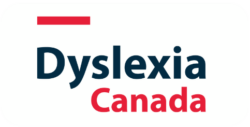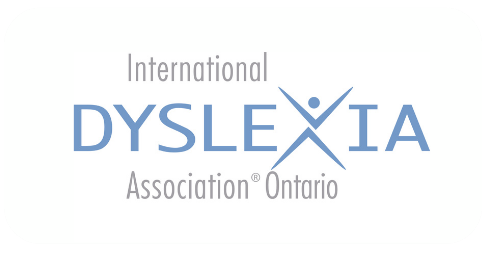Decodable Text: Training Wheels for Reading
Description
This podcast episode explores decodable text as training wheels for early readers. These texts feature phonetically regular words and consistent spelling patterns, providing a structured approach to learning to read. Kemeny emphasizes their importance in building strong phonics and decoding skills, boosting reading fluency and confidence. Decodable texts are introduced in the early stages of reading instruction and gradually phased out as students become proficient in decoding and sight words. Educators can make the process engaging through interactive activities and relatable stories. The goal is for students to transition to authentic texts when they have developed solid decoding skills and a growing sight word vocabulary. Effective use of decodable texts ensures a smooth and enjoyable journey towards reading fluency for young learners.
Un commentaire
Share your thoughts
Vous devez vous connecter pour publier un commentaire.




I just loved this podcast episode with Lindsay Kemeny on decodable books- how to use them effectively and how to know when students are ready to move on from them! I share this podcast episode with teachers every time I talk about decodables so teachers understand that they are not intended to replace authentic texts but to complement a comprehensive approach to reading instruction that includes both decodables AND vocabulary rich, authentic texts. Great episode for teachers of emergent readers!!!